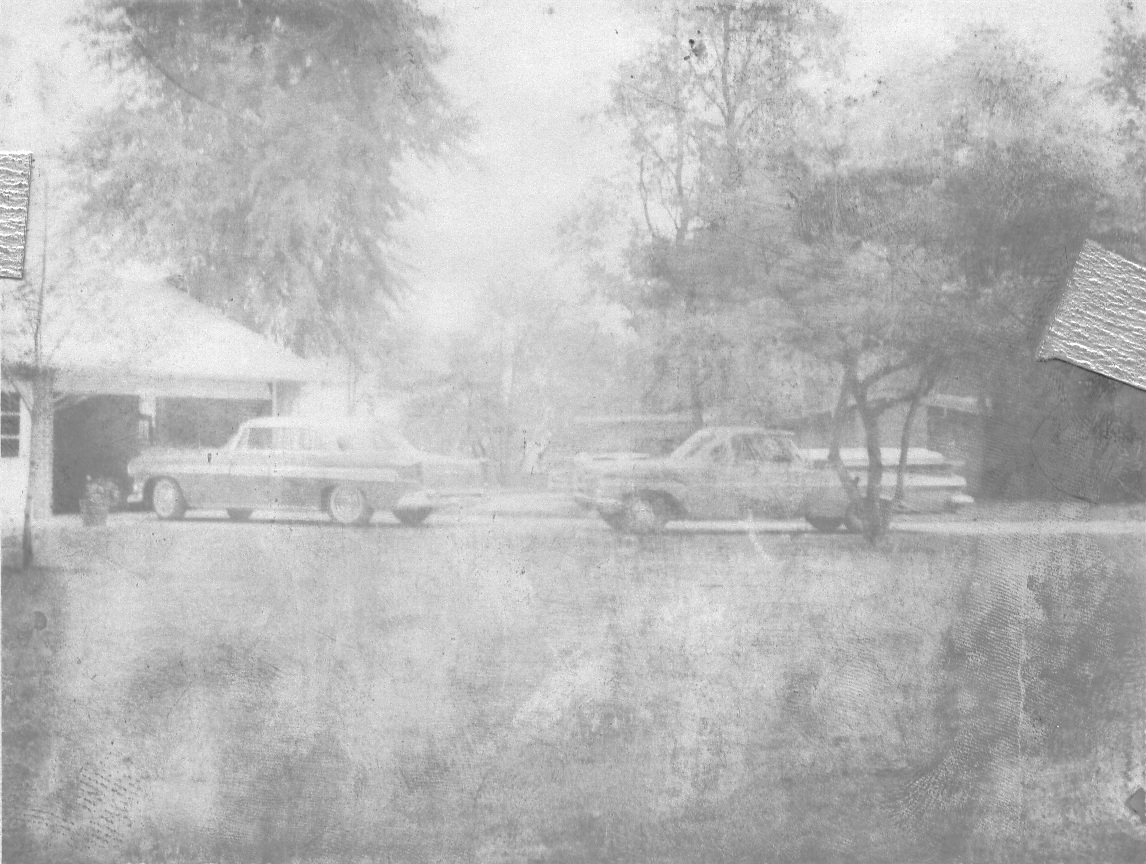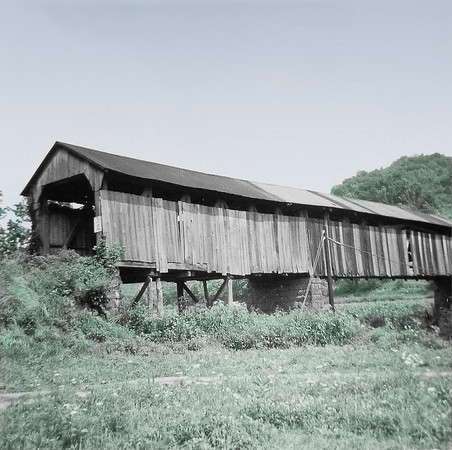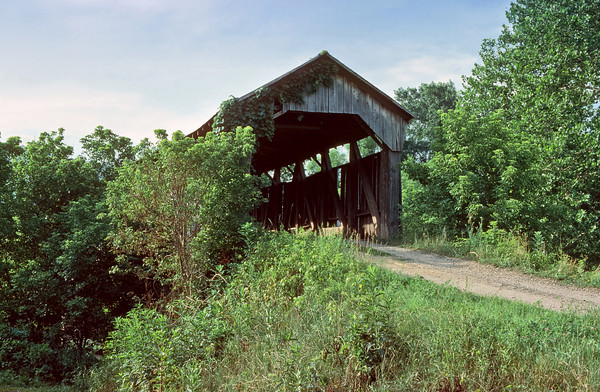First, let me say that I pretty much have never gone along with the crowd. I was born in the early 50s, so I saw the craziness of the 60s and the ridiculous fashions of the 70s. I never engaged in that stuff, so perhaps that is why I have never understood the emphasis on the rule of thirds, and I never will. I always have to come to my own conclusions, and don't like being told how to do something as if I cannot think for myself. In fact I feel that the rule of thirds was created by someone who felt they were a bit smarter than the rest of the crowd, and this was their way to educate you quickly. It's origins date back decades, but who is to say that it is correct? In my opinion it is not. The rule might be good for many of us on the right occasion, but it assumes that everyone takes pictures for the same reason (one picture is no different than the next), and/or has no idea how to compose a shot. I take my picture based on a lot of things, and while taking the picture I ask myself some simple questions. First, and foremost is the question why am I taking the picture? Is it a picture of my wife, or a picture of the ocean with my wife in the picture? That makes all of the difference in the world. Sometimes you take a picture to put yourself or friends at a location (like vacation pictures). Now I am not saying that many of your pictures won't be using the rule of thirds, what I am saying is that you should think about what you want to show people when they see the picture you have taken. If you try to apply the rule of thirds all the time you are going to have some crap pictures. The same rule is used in video and I actually saw a video demonstrating this with a boring background. The talent centered version was actually better because in the rule of thirds version you could see more of the boring and busy background. The guy making the video didn't see that. Pretty funny. I have experimented with this a bit and the average person sees little difference between a centered subject and rule of thirds subject. In those cases where the background is interesting they sometimes prefer the thirds version, but not always! This is especially true with picture of people you know. Some people tend to look at the person and pay less attention to the background (and vice versa). Sometimes my wife doesn't like a picture because she doesn't like the outfit she is wearing and pays no attention to composition.
Let's take a look at the picture of the squirrel. I was out for a walk to get some fall color pictures. I love the curiosity of squirrels and some of the crazy stuff they do, and I never fail to take a picture of one when I have the opportunity. In this case I wanted to get the picture of the squirrel with the fall colors. To do that I had to place him to the left of the picture. I didn't place him to the right because the background wasn't as good. So in this case the picture was driven by the background and color. If I centered the tree I felt it was too drastic, and almost created a split in the picture. The anchor point to the picture is the tree and the subject is a squirrel on a fall day. I got the photograph I felt was composed the best and there it sat in my picture folder for 5 years before I did anything with it.
I really liked the picture so I kept it and filed it away. While I was going through my picture folders confirming that all was backed up (very important) I ran across the picture, and thought I need to get this published on my photo site. The problem was, although the picture was composed just perfect (to my taste), it needed to be more dramatic. The tree needed to be the anchor of the picture but understated. The squirrel is obviously the star of the show and he needed a rich colorful background to offset him but not overpower him. The theme I wanted for this picture is that he was watching my every move. The setting is a fall day in a dark wooded area.
I changed the lighting of the picture to draw your eye more to the squirrel by darkening all the edges and applying a gradient to the left side of the picture that reduced the exposure and brightness. I didn't take the pictures based on any rule, I took it based on all the natural elements of the area. In fact many times with nature shots you don't know what is going to happen next. You need to get the shot.
Now let's look at the above picture taken in Hawaii. The elements in the area forced me to take the picture as you see it. Placing the subject to the right brought in more of the junk sitting on the porch of the hotel, as well as people I didn't want in the shot. Placing her more to the left brought in the door to the lobby which was open, and that didn't look all that great either. So the picture is composed based on the arrangement of those things around the subject. For both the pictures in this post, I took the photos based on the factors of the area and not any type of rule that I had memorized.
When looking through the view finder or LCD look at more that the subject of the picture.
What I do when looking through the lens is check for distractions in the view finder, and compose the picture in the frame the way I feel it might look best in print or on the web. If the background is great, the rule of thirds should work, but not if the background is a distraction.
The stone placed by the road side is painted from time-to-time with a new subject incorporating the shape of the stone. The stone stands on it's own, and dead on center is great for a picture. The stone is of greater importance/interest than it's background. I liked the blue sky and wanted to see more of it in this shot, like it was a backdrop in a portrait.
One last thought, none of this matters if first you don't take the picture!
What to see more pictures of "Old Joe"? Click Here for Old Joe.
Get out there and see the world!
UPDATE
Another Take on The Rule of Thirds 10 Myths About the Rule of Thirds, Published on January 30, 2016 by Tavis Leaf Glover














